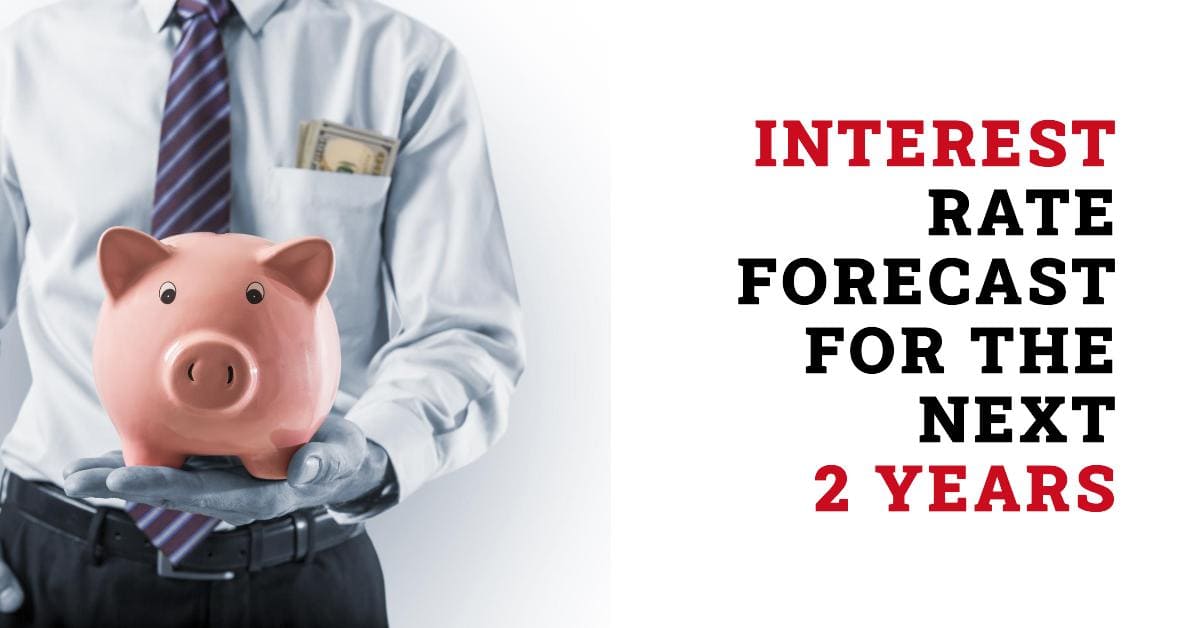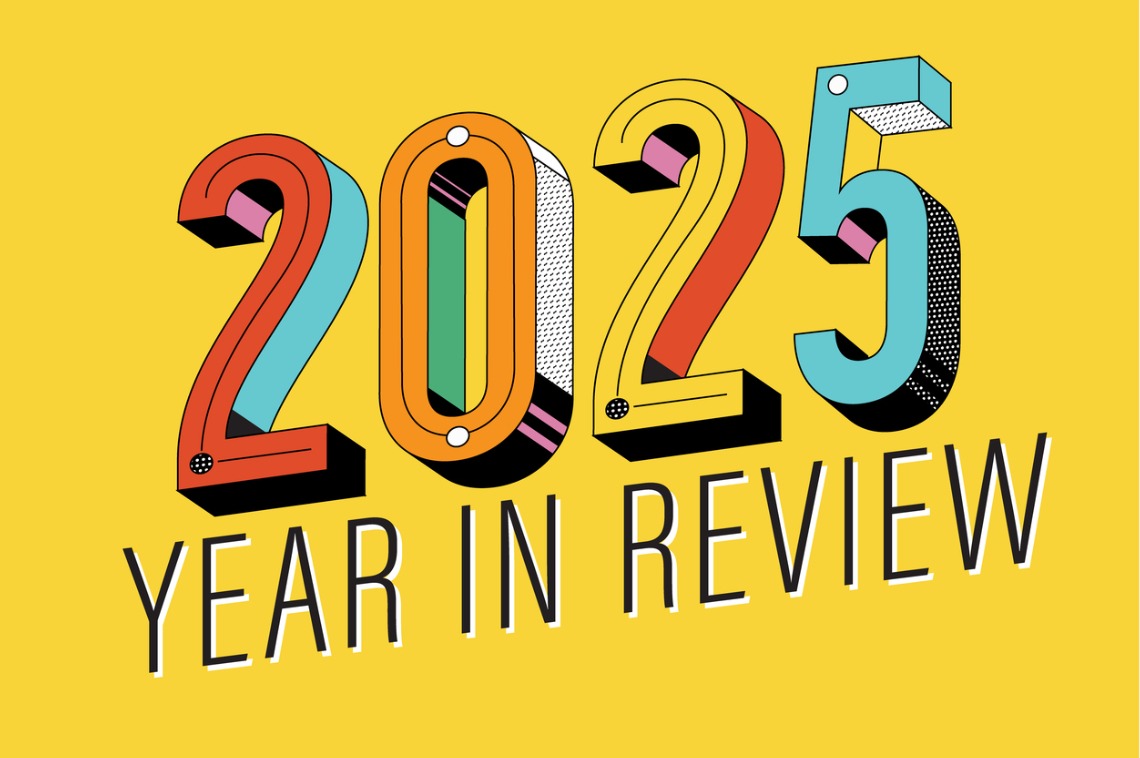A
re you curious about where interest rates are headed? The Federal Reserve's decisions have a significant impact on your mortgage payments, investments, and overall economy. So, what can we expect for the next two years? Expert predictions suggest a gradual decrease in interest rates.
As of August 2025, the federal funds rate is at 4.25%-4.50%. Experts anticipate rates moving downward, driven by factors like inflation, economic growth, and global events. The pace and extent of these cuts remain uncertain.
Interest rates are crucial because they affect borrowing costs and savings returns. Lower rates mean cheaper loans but smaller returns on your savings. For businesses, interest rates influence how much it costs to borrow money for investments and expansion. For the economy, they help control inflation and support growth.
The Federal Reserve has kept the federal funds rate steady at 4.25%-4.50% in its July meeting. The Fed aims to balance controlling inflation with economic growth, targeting a 2% inflation rate over the long term. To gauge where interest rates are headed, we look at the Summary of Economic Projections (SEP).
The SEP report provides insight into what the Fed thinks will happen with interest rates, inflation, and the economy. According to the SEP:
* In 2025, the median projection is a 0.25% cut from current levels.
* In 2026, there's an additional 0.25% cut.
* In 2027, another 0.25% cut is expected.
The Fed also forecasts inflation to gradually fall back to its 2% target by 2027. The central bank sees the economy growing steadily, with real GDP growth and unemployment rate remaining stable.
Other major financial institutions, such as BlackRock, Goldman Sachs, and Morningstar, have similar predictions. However, there's a range of opinions on how fast and far interest rates will decline.
Global events, government policies, and trade conditions can impact the Fed's decisions. If other countries struggle economically or if tariffs are imposed, it could affect the US economy.
For consumers, lower interest rates mean cheaper borrowing costs but smaller returns on savings accounts. For investors, bonds may see price increases, while stocks might benefit from cheaper borrowing costs for companies. Real estate could experience increased demand due to lower mortgage rates.
The bottom line is that interest rate predictions point to a gradual easing over the next two years. However, external factors can still impact the Fed's decisions. Stay informed and be realistic about the uncertainty surrounding interest rate changes.















